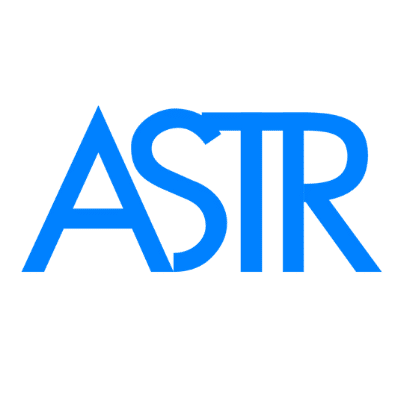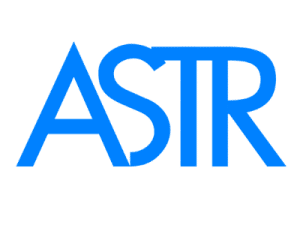What Is Myofascial Release Therapy, and How Do I Start?
What Is Myofascial Release Therapy, and How Do I Start?
Search terms: myofascial release therapy, how to release fascia, fascia massage at home
If you’re living with chronic pain, muscle tightness, poor mobility, or stress tension, you may be missing a powerful solution hiding just beneath your skin: your fascia.
Myofascial release therapy is a safe, gentle method of working with this connective tissue to restore movement, reduce pain, and support your body’s natural healing.
🔍 What Is Myofascial Release?
Myofascial release (MFR) is a hands-on or tool-assisted therapy that targets the fascia—the web of connective tissue surrounding muscles, nerves, joints, and organs.
When fascia becomes tight, restricted, or scarred, it can compress nerves, pull on joints, and lead to widespread discomfort. Myofascial release helps to:
-
Release trigger points and adhesions
-
Improve circulation and lymph flow
-
Restore mobility and elasticity
-
Calm the nervous system
-
Reduce inflammation and pain
“Myofascial release can effectively reduce pain and improve function in patients with musculoskeletal and fascial disorders.”
(Ajimsha et al., 2015)
⚠️ Signs You Might Need Myofascial Release
-
Persistent tightness (neck, back, hips, jaw, calves)
-
Pain that moves around or doesn’t respond to stretching
-
Tingling, numbness, or “nerve-like” discomfort
-
Restricted motion, especially in shoulders or spine
-
Old injuries or scar tissue that still ache
-
Tension headaches or TMJ pain
-
Unexplained fatigue or stiffness
🔧 How to Start Myofascial Release at Home
You don’t need to wait for a massage therapist to get results. You can safely start myofascial release at home using specialized tools:
-
एएसटीआर उपकरण are precision-designed to break down scar tissue, release tight fascia, and treat common pain areas effectively.
👉 Shop ASTR Myofascial Tools -
Begin with short sessions (5–10 minutes) once daily
-
Focus on tender, tight, or sore spots, moving slowly across the tissue
-
Breathe deeply and stop if you feel sharp pain or dizziness
-
Always hydrate before and after fascia release
📘 The Eat to Heal book includes fascia-friendly nutrition and self-care protocols that enhance your body’s response to myofascial release.
🧘♀️ Bonus: Best Areas to Start
-
Neck & shoulders – for stress, headaches, jaw tension
-
Lower back & hips – for posture, sciatica, back pain
-
Feet & calves – for plantar fasciitis, fatigue, or restless legs
-
Chest & diaphragm – to improve breathing and vagus nerve tone
⚠️ Important: Listen to Your Body
Myofascial release is powerful but should never feel aggressive or bruising. Be consistent and सज्जन, especially if you’ve had trauma, surgery, or are in chronic pain.
For lasting relief, combine fascia release with:
-
A clean विरोधी भड़काऊ आहार
-
Regular hydration and movement
-
Restorative sleep
-
Support from a licensed physical therapist or fascia-trained clinician
📚 References
-
Ajimsha, M. S., Al-Mudahka, N. R., & Al-Madzhar, J. A. (2015). Effectiveness of myofascial release: Systematic review of randomized controlled trials. जर्नल ऑफ़ बॉडीवर्क एंड मूवमेंट थैरेपीज़, 19(1), 102–112.
-
Barnes, J. F. (1997). Myofascial release: the “missing link” in traditional therapy. Massage Therapy Journal, 36(1), 27–33.
-
Schleip, R., et al. (2006). Fascia is able to contract in a smooth muscle-like manner and thereby influence musculoskeletal dynamics. Journal of Biomechanics, 39(6), 1045–1054.

